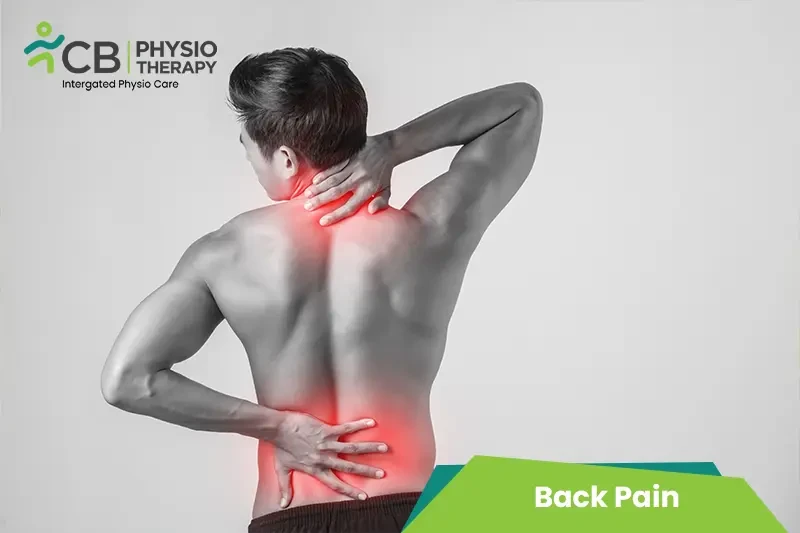
Back pain is one of the most common reasons people go to the doctor or miss work, and it is a leading cause of disability worldwide. Back pain can range from a muscle aching to a shooting, burning, or stabbing sensation. In addition, the pain may radiate down your leg or worsen with bending, twisting, lifting, standing or walking. Lower back pain may be linked to the bony lumbar spine, discs between the vertebrae, ligaments around the spine and discs, spinal cord and nerves, lower back muscles, abdominal and pelvic internal organs, and the skin around the lumbar area.
Back pain can be a symptom of many different illnesses and conditions. The main cause of the pain can be a problem with the back itself or a problem in another part of the body. Back pain varies widely. Some symptoms (often called "red flag" symptoms) may suggest that the back pain has a more serious cause. These include fever, recent trauma, weight loss, a history of cancer, and neurological symptoms, such as numbness, weakness, or incontinence (involuntary loss of urine or stool). The causes of back pain include:
Select your City to find & connect with our experts regarding Physiotherapy for Back Pain